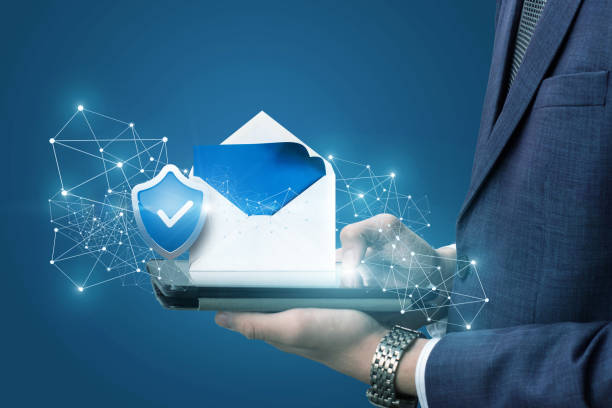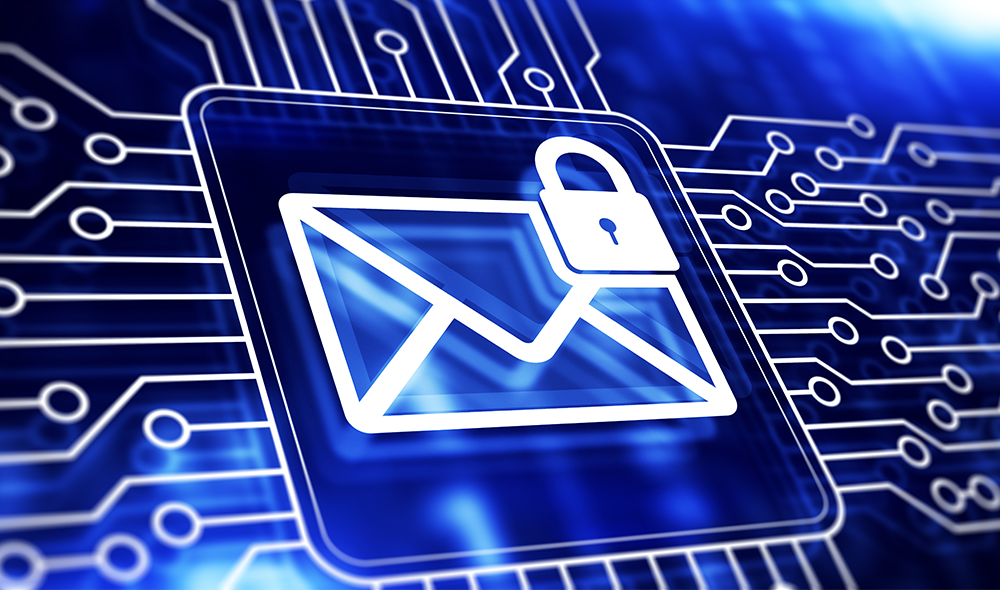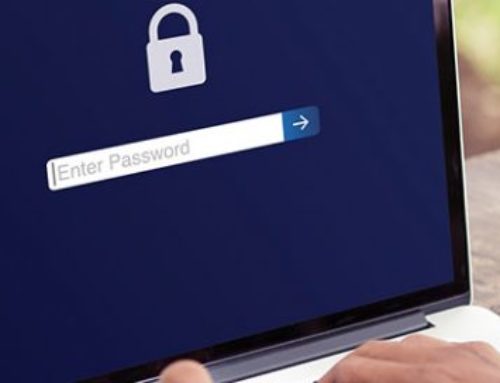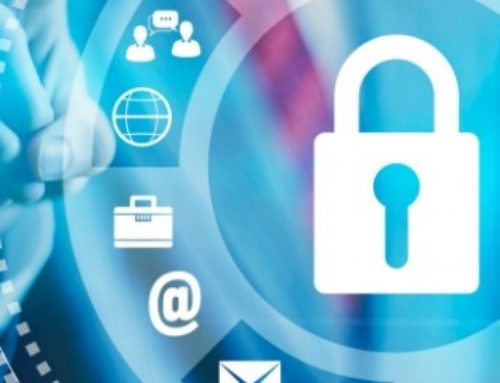In today’s digital age, spam and phishing emails are pervasive, posing risks not only to individuals but also to businesses of all sizes. Cybercriminals continuously improve their tactics, making it more difficult to distinguish between legitimate and malicious emails. At Trif Technologies, we prioritize your cybersecurity and want to empower you to recognize the red flags of email scams. Here’s a comprehensive guide on how to identify a spam or phishing email and protect your personal information and company data.
1. Scrutinize the Sender’s Email Address
One of the quickest ways to spot a phishing attempt is by checking the sender’s email address. Cybercriminals often use email addresses that look legitimate but have slight differences, such as misspelled company names or additional numbers. For example, if you receive an email from “admin@amaz0n.com” instead of “admin@amazon.com,” that’s a red flag. Look closely for subtle misspellings, extra characters, or domains that don’t match the official address of the company.
2. Watch Out for Generic Greetings
Phishing emails are usually sent in bulk, so they often use generic greetings like “Dear Customer” or “Dear Account Holder.” Reputable organizations, especially those you have accounts with, typically address you by name. If an email is impersonal and doesn’t include your name or specific information related to you, it’s best to be cautious. Although some legitimate emails may use a general greeting, it’s still worth noting if other suspicious signs are present.
3. Check for Urgent Language or Threats
Phishing emails often create a sense of urgency to trick recipients into acting quickly without thinking. They might claim that your account will be suspended, your package delivery failed, or you’re missing out on a once-in-a-lifetime offer. These emails are designed to make you click on a link or provide sensitive information right away. If an email pressures you to act immediately, pause and assess its legitimacy. Legitimate companies rarely pressure you into taking action without prior warning.
4. Examine the Content and Grammar
Reputable companies take care in their communication, using proper spelling, grammar, and punctuation. Many phishing emails contain errors due to hurried translations or lack of attention to detail. If you notice odd language, misspelled words, or unusual phrasing, it’s a good idea to proceed with caution. While not all phishing emails have these mistakes, poor grammar and misspellings are common indicators of spam.
5. Avoid Clicking Suspicious Links
Phishing emails often contain links that lead to fraudulent websites designed to capture your sensitive information. These links may appear legitimate at first glance, but hovering over them (without clicking) will reveal the true destination URL. If the link doesn’t match the official website of the supposed sender, do not click it. For instance, if you receive an email claiming to be from your bank but the URL shows an unrelated address, that’s a major red flag. Always go directly to the official website rather than clicking links in unsolicited emails.
6. Be Wary of Attachments
Cybercriminals may attach files to phishing emails, such as PDFs, Word documents, or ZIP files, to deliver malware. Never open attachments from unknown or untrusted sources, as they could contain viruses or malicious software designed to steal your information or compromise your device. If you weren’t expecting an attachment from someone, especially a financial institution or a company you don’t do business with, it’s best to delete the email or verify its legitimacy by contacting the organization directly.
7. Look for Inconsistent Branding
Phishing emails often attempt to mimic the branding of legitimate companies but may fail to replicate logos, colors, or formatting accurately. If an email looks slightly off or contains low-quality images and poorly aligned text, it might be a phishing attempt. Compare the email to previous communications from the company or check the company’s website for examples of their branding.
8. Verify Suspicious Emails with Two-Factor Authentication (2FA)
If an email requests login credentials, consider using two-factor authentication (2FA) before proceeding. Even if someone gains access to your username and password, 2FA can add an extra layer of security by requiring a second form of verification, such as a text message or biometric scan. Many companies now offer 2FA, and enabling it can significantly reduce the risk of account compromise.

What to Do if You Suspect a Phishing Email
If you believe an email is suspicious:
- Do not reply to the email or click any links.
- Do not download attachments.
- Report the email to your company’s IT or security team if it was received at work.
- Delete the email or move it to your spam folder.
At Trif Technologies, we’re committed to helping you stay safe in the digital world. Recognizing phishing emails is a crucial skill that can save you from potential data breaches, financial loss, and identity theft. By following these tips, you can protect yourself, your devices, and your business from cyber threats. For more information on cybersecurity best practices, don’t hesitate to reach out to our team.






